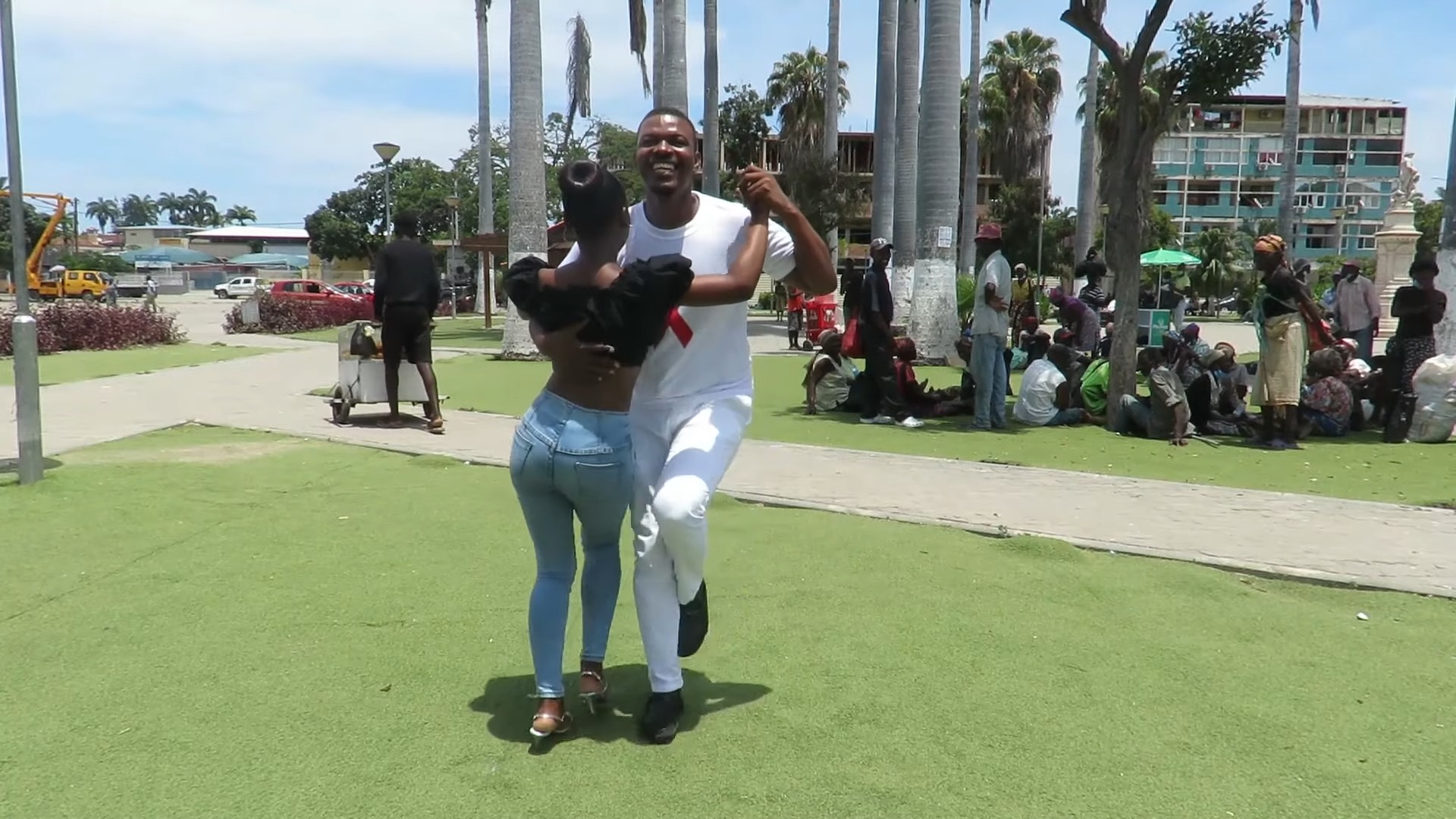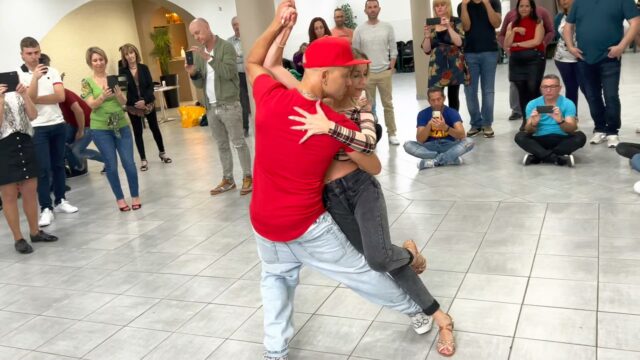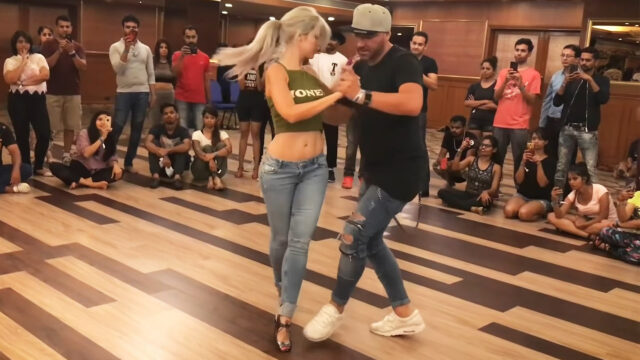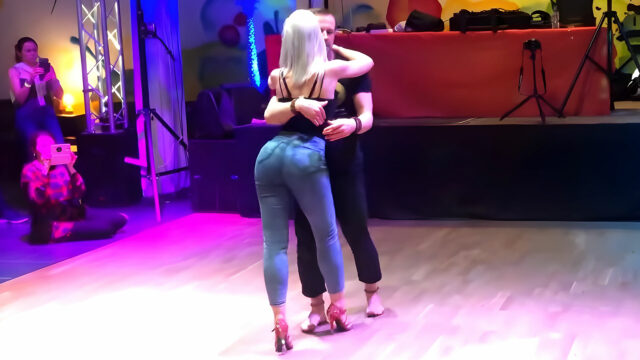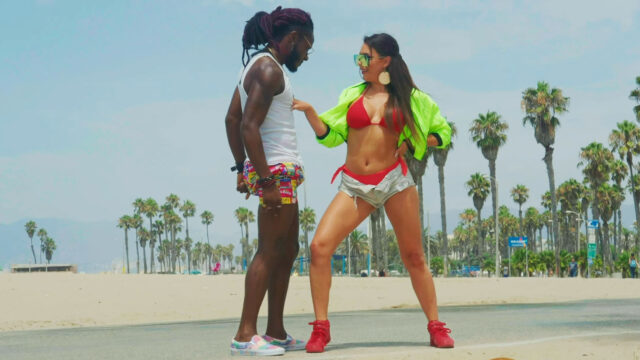Kizomba is often taught in the same dance studios and communities which teach Salsa and Bachata, dances with distinct Latin origins. So many people naturally believe that Kizomba as well falls in the same category, when in fact, this is not the case. Kizomba is purely an African dance originating in Angola and deriving from Semba – another dance similar to Kizomba but very different in terms of rhythm and movements. Take a look…
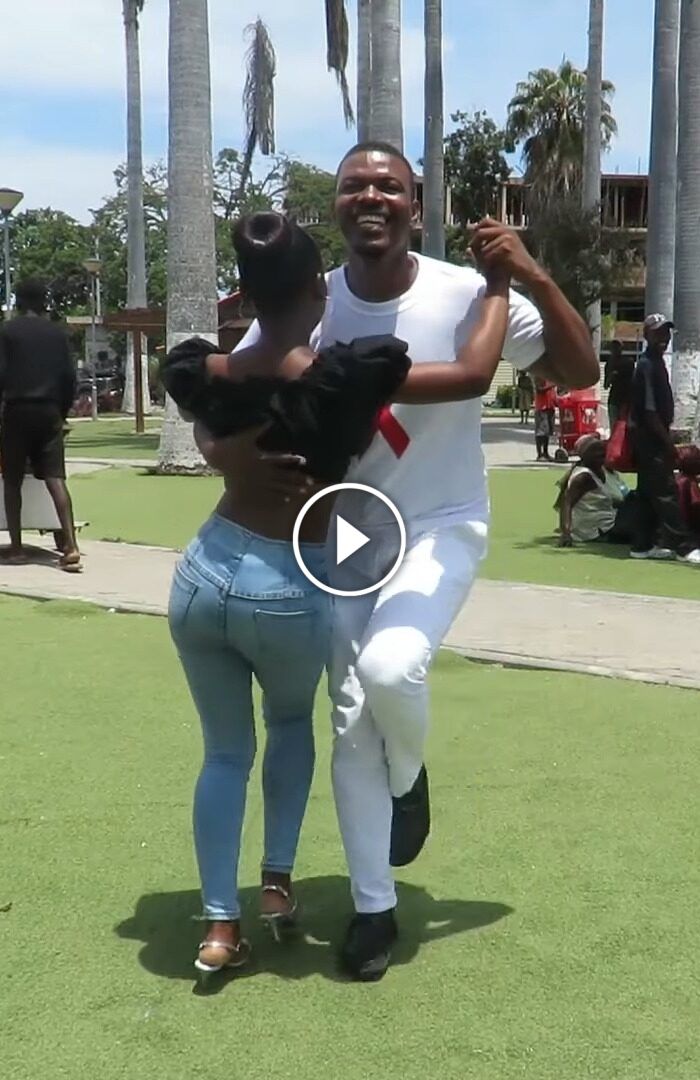
Criso and Ana are an Angolan dance couple dancing Semba in this video and definitely having a lot of fun. If you’ve ever seen Kizomba before you’ve probably noticed that the mood of this dance is strikingly different from the one we are used to. Kizomba music is usually slower, more sensual and romantic whereas Semba is a lot more upbeat and fast-paced. However, the whole structure of the moves and basic steps are quite similar.
- Kizomba Meets Tango: Ben & Ana’s Masterful Workshop Demo
- Sara Lopez & Ivo Vieira: Captivating Kizomba to African Woman
- How Difficult is Kizomba to Learn?
So this is where Kizomba dance is coming from. It’s an African dance that got really popular in the past 10 years or so. It spread all over the world and today is almost always being taught by non-African dance instructors. As more and more instructors started to teach this dance they mixed pieces of original Kizomba with elements from other Latin American dances and created something new and unique. This led to the fast evolution of the dance and the creation of new sub-styles that are very different from the original, like Urban Kiz for example.
Nonetheless, most of the basic moves, footwork patterns and even some of the rhythm originate from Semba which is why some dancers choose to also practice and teach it alongside Kizomba. Learning both styles will give you a broader understanding of this dance and expose you to different styles of music and rhythms so you can choose the one that you like the most.
If you’re thinking about starting to learn Kizomba or are already learning it and are wondering what else you can learn to complement your dance style and help you develop further, then you should definitely start practicing Semba too. It can be fun but also challenging at times since it contains a lot of complex and intricate movements that will take some time and practice to perfect. But once you get the hang of it you’ll see how rewarding it can be!
If you enjoyed our today’s video, you are more than welcome to share it with your friends and let them know what you think about it. Also, consider checking out our most recent posts and stay in touch. Cheers!
